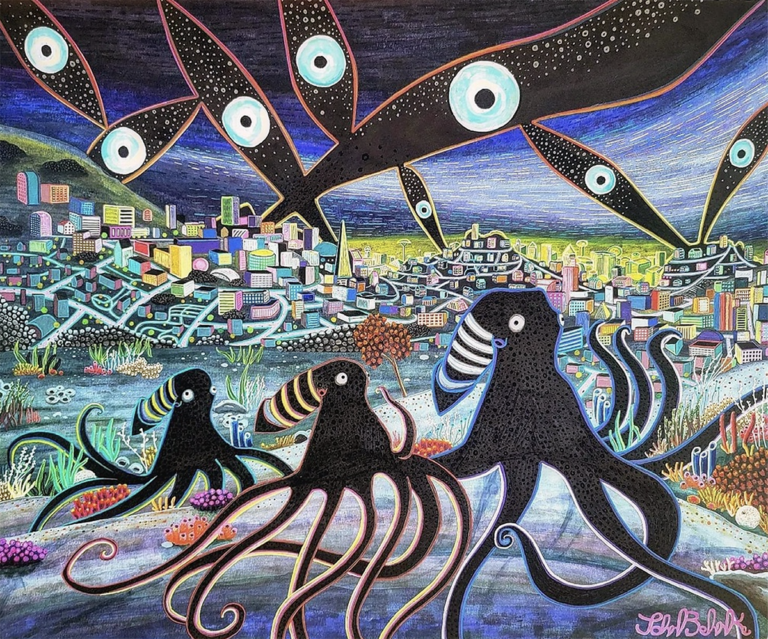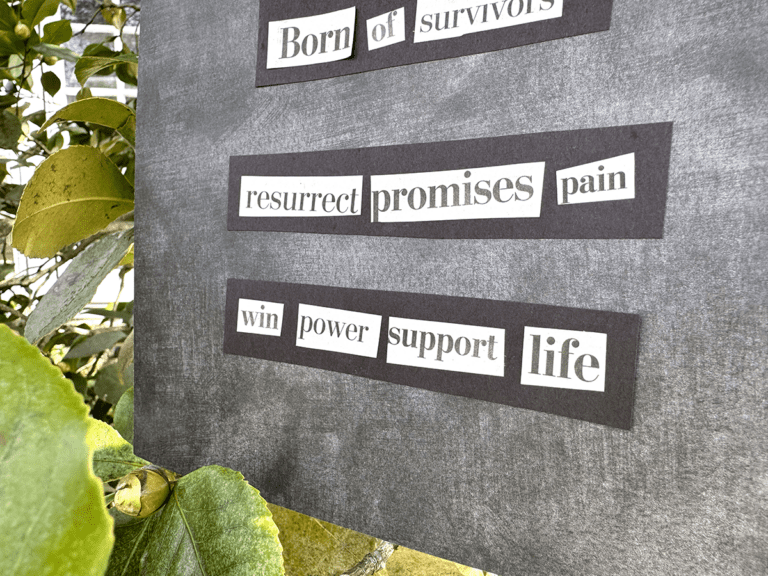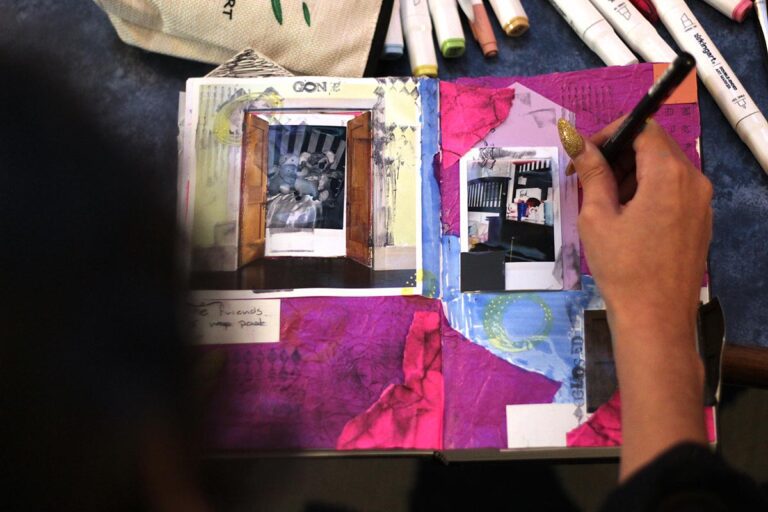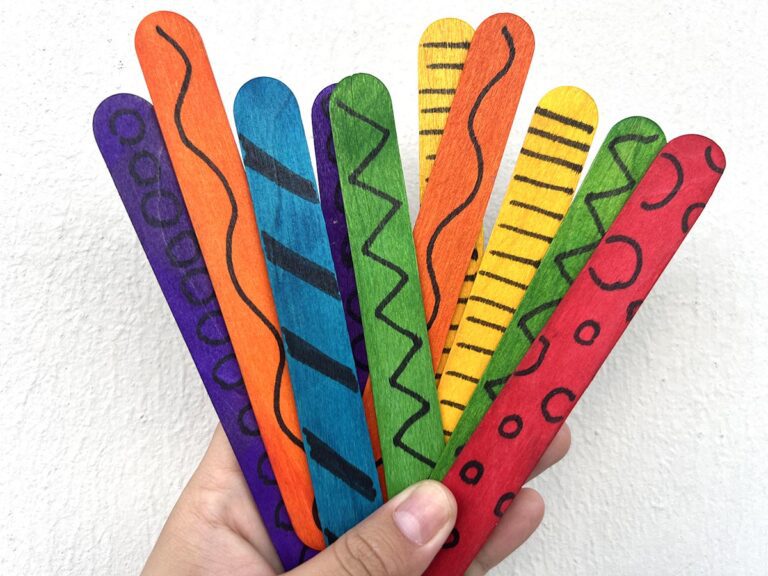Through the experience of remote learning, we’ve undoubtedly learned a lot about ourselves and our students. You’ve probably noticed some of the overachievers in the physical classroom setting carry on that same persona in the digital classroom. However, you might also have noticed some of your students who don’t participate much in the physical classroom are thriving in the online setting.
Some of our students adapt better to online learning, while others don’t. Teaching and learning come with their own set of challenges. You are trying to manage the tech tools and deliver online instruction, but new tools of classroom management are needed for the online setting. In the art room, students are used to you checking in on the progress of their work often. Art teachers constantly circulate the room to see what students are working on. There are always students who forget to put their names on their artwork, but because we know what our students are working on, we can usually figure out who it belongs to.

The online classroom takes this element out of the artmaking process. We don’t get to see what our students are working on constantly. Because of this, you may have noticed students are trying to sneak a few things past you as if you won’t notice. They are trying to take the easy way out because they feel like “no one is watching.” However, the first time you notice that a student who struggled with their drawing skills in your art room suddenly unexpectedly perfected their skills, something doesn’t seem quite right. Unfortunately, in the digital setting, students are trying to plagiarize or copy their art submissions by stealing work that isn’t theirs. They think we won’t notice, but we will.
Be ready for anything: Enroll in Teaching K-12 Art Online.
How to Address Plagiarism in the Online Art Room
Before the situation gets out of control, make an announcement to your students and families about the expectations of online learning and the consequences. Here is a sample message you might use, “Please upload artwork that is your own. An artwork that is found online is not acceptable to turn in as your own work. Doing so is cheating and will result in a failing grade per the student handbook.”
Plagiarism is cheating, and schools typically have consequences for situations like this. Direct your students and families to the school policy. If you aren’t aware of a policy, talk with your administration to discuss protocol and procedures if it were to occur.
For more on this topic and ideas to help your students understand this issue, check out How to Deal with Copyright, Plagiarism, and Original Ideas in Art Education.
How to Have a Conversation When You Suspect Plagiarism
We know our students, so when they turn something unexpected in, it’s usually not hard to tell if they are turning in their own artwork. With that said, be careful how you approach the conversation. We don’t want to wrongfully accuse students. Make sure to do your research before bringing up the situation to a student.
If there is ample evidence a student plagiarized their work, make sure to bring it up in a professional way. This might include asking the student if they didn’t fully understand the assignment and what further support they might need to be successful. If you did find the duplicated image online, make sure to include it in the messaging. You know your students best, so take the approach that is best for them. This might include personally reaching out to the student and family to discuss the situation.
Specific Ways to Avoid Student Plagiarism
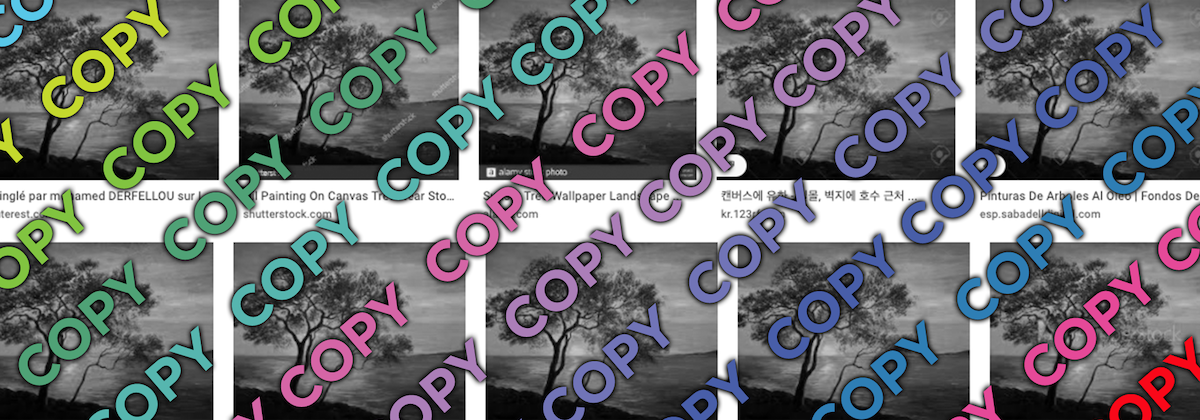
The best way to avoid the chance of students submitting work that is not theirs is to ask your students to submit their artwork in a specific way.
Here are some ideas:
- Have students take process photos. This means you should require your students to submit at least three different photos, one that shows the beginning, middle, and end process.
- Ask for photos from a different angle. Going along with process photos, have students submit different angles of their artwork. This doesn’t mean just zooming in on the piece, but showing the different sides and angles of the artwork.
- When students take a photo of their artwork, also have them include their name and date on a separate piece of paper. Make sure both items are in the photo when they submit their artwork.
- Ask your students to be in the photo submission.
Now, even with these safeguards in place, you will probably still have students who test the waters. However, having one of the above procedures in place will cut down on plagiarized submissions.
Reverse Image Tools
Reverse image search is a search engine tool that allows you to use a photo to search for photos like it. This can be a great resource if you suspect a student has turned in work that is not their own. Here are some reverse image search tools you can use.
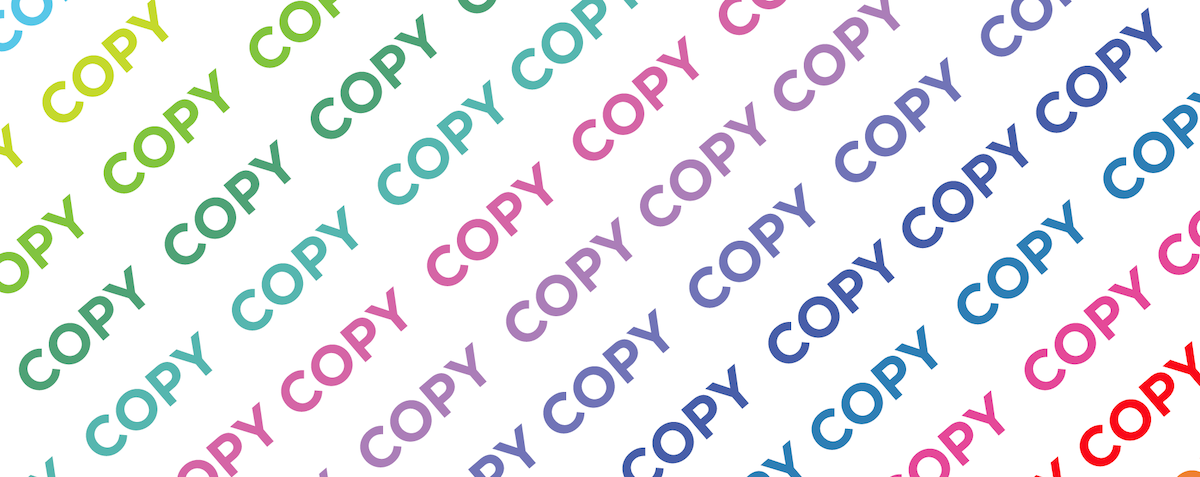
Dealing with student plagiarism isn’t fun. But, in the world of online learning, it will happen. By using some of the tools and strategies above, you will hopefully be able to cut down on this issue.
What is your school policy for cheating and plagiarism?
How do you address the plagiarism of artwork during online learning with your students?
Magazine articles and podcasts are opinions of professional education contributors and do not necessarily represent the position of the Art of Education University (AOEU) or its academic offerings. Contributors use terms in the way they are most often talked about in the scope of their educational experiences.



